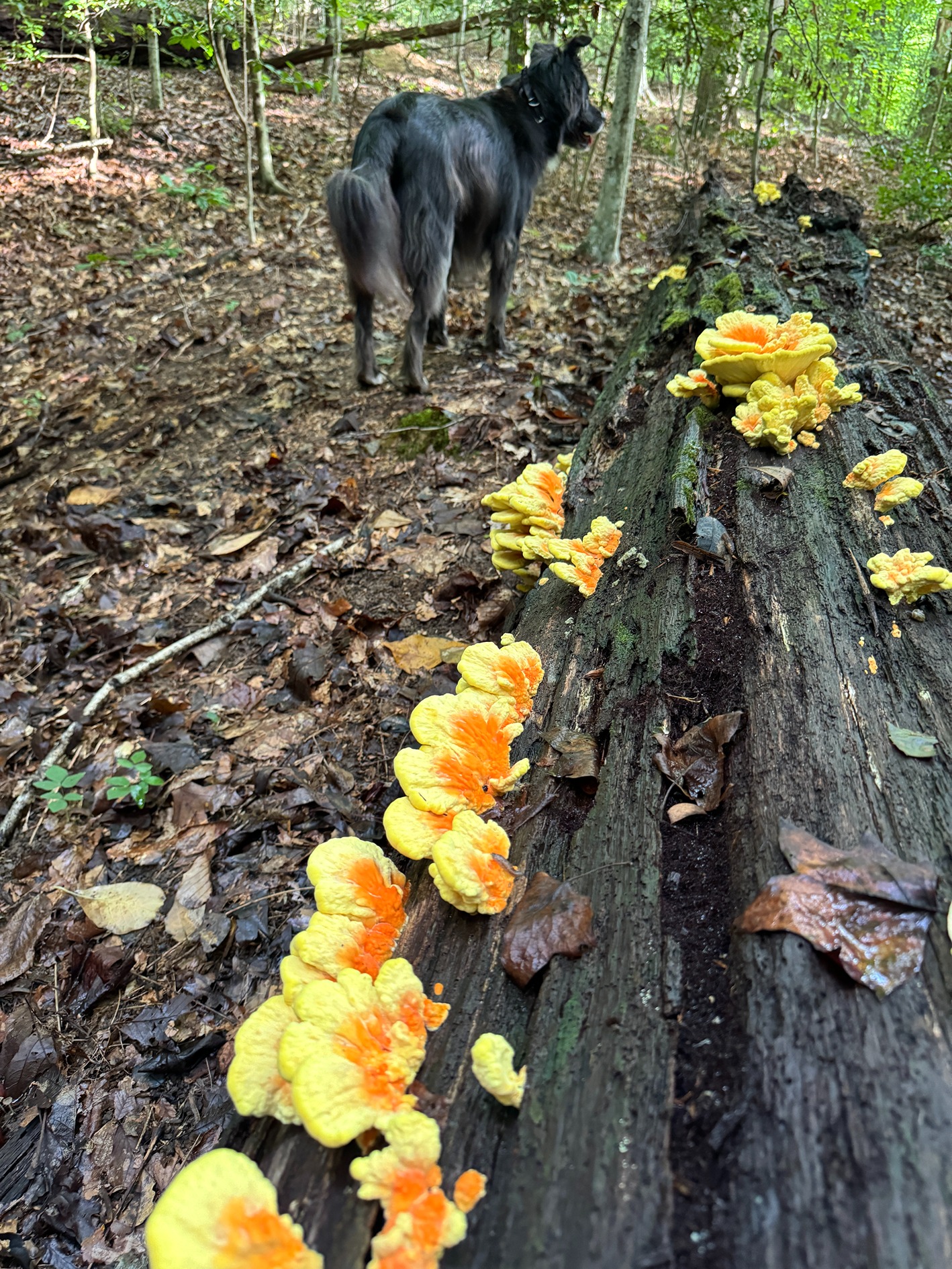

But fall is coming first, and this can be a great time to prune trees! While most pruning can be effectively done year-round, there are certain advantages to scheduling your tree work during late fall to early spring; including but not limited to the following:
Enhanced visibility – Spring and summer are great for inspecting the canopy, but fall and winter are ideal for inspecting the structure of a tree. The ability to see the entire structure and branch framework of the tree allows the arborist to better identify potential issues that may be hidden by foliage as well as selectively remove limbs for long-term growth, form, and health of the tree.

Reduced stress – Pruning during the dormant season can limit exposure to insects, pests and diseases, especially important with some more susceptible species such as elms (Dutch elm disease). Additionally, while dead and damaged branches can be removed anytime, I prefer to reserve larger live limb prunings for the dormant season as the tree has the best chance of recovery.
Reduced yard impact – We always strive to preserve your property at any time of year, but in the fall your beautiful seasonal plants may no longer be present. In the winter months, the ground tends to be much harder. Fall pruning can be especially helpful for planned larger and live removals.
Increased access and/or reduced hazards – In some cases, especially in natural areas, the arborist may have increased access through hardened ground conditions. And even more often, the fall is a time when we can better mitigate the risks associated with hazards such as bees/hornets, poisonous insects/plants, etc. in natural areas.
Species-specific pruning – With some of your ornamental trees, such as crepe myrtles, it may be best to hold off until late winter (i.e. February) for more significant pruning.
Whatever your need, our TrueTimber family looks forward to answering your questions and serving you!


